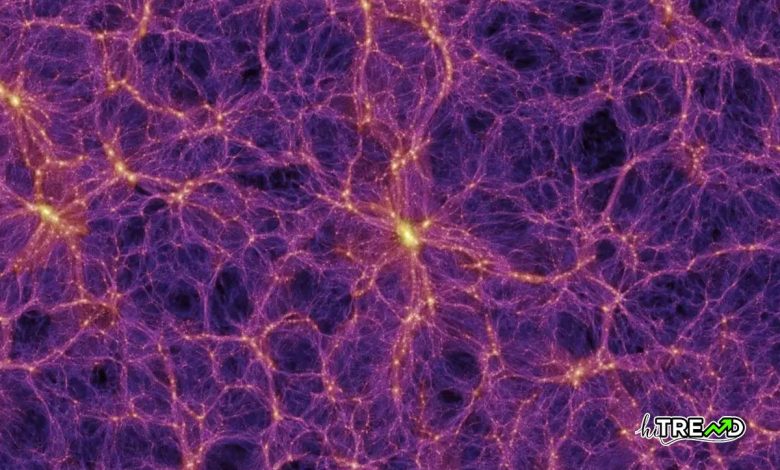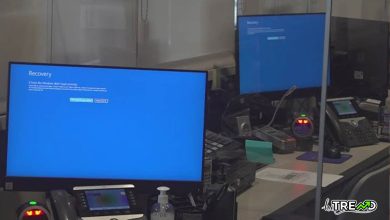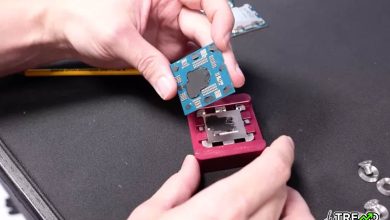First neutrino interactions detected at Fermilab:

In a nutshell: Neutrinos are the most abundant particles in the cosmos. In fact, an astounding 100 trillion of them pass harmlessly through your body every second. Because they rarely interact with other matter, they’ve earned the nickname “ghost particles.” Yet, despite their abundance, they remain some of the trickiest particles to detect in the subatomic world.First neutrino interactions detected at Fermilab:
Scientists working on the Short-Baseline Near Detector (SBND) at Fermilab have reached a major milestone – they’ve detected the experiment’s first neutrino interactions.
The SBND is the final piece of Fermilab’s Short-Baseline Neutrino Program, which involves over 250 scientists from Brazil, Spain, Switzerland, the UK, and the US. The detector is positioned near Fermilab’s neutrino beam source, where it observes around 7,000 neutrino interactions daily – more than any other similar detector.
You can read more Technology articles
Currently, three “flavors” of neutrinos are known to exist: muon, electron, and tau. Remarkably, they oscillate between these flavors as they travel. The SBND’s primary mission is to study these oscillations and potentially find evidence of a new “sterile” type of neutrino, which could unlock a hidden realm of new physics.
A team from the University of Sheffield, led by Professor Vitaly Kudryavtsev and Dr. Rhiannon Jones, played a key role in developing the SBND’s instrumentation and software for reading and analyzing the vast number of neutrino signals.
Professor Kudryavtsev stated, “If we observe fewer
neutrinos in ICARUS than we expect based on the observation in SBND, this will potentially open a window into a hidden universe of new particles and phenomena. If, however, we do not observe any discrepancies with expectations, this will suggest that previous data pointing to these new phenomena suffered from some problems with data interpretation or unevaluated uncertainties.”First neutrino interactions detected at Fermilab:
In addition to the potential for new particle discoveries, SBND will provide crucial data for projects like the Deep Underground Neutrino Experiment (DUNE), another major neutrino undertaking currently in the works.
Neutrinos themselves might offer insights into one of the greatest mysteries in physics and cosmology: the nature of dark matter. Despite decades of searching for massive dark matter particles, results have been elusive. However, some theories suggest that light, neutrino-like particles could comprise this elusive matter.
“Theorists have devised a whole plethora of dark sector models of lightweight dark particles that could be produced in a neutrino beam and SBND will be able to test whether these models are true,” said SBND physics co-coordinator Andrzej Szelc.
In other neutrino-related developments, the underwater observatory Astroparticle Research with Cosmics in the Abyss (ARCA) may have detected evidence of an ultra-high-energy neutrino from outer space. ARCA operates 3,500 meters below the Mediterranean Sea. Separately, CERN has been conducting neutrino experiments using the Large Hadron Collider.
Follow HiTrend on X





